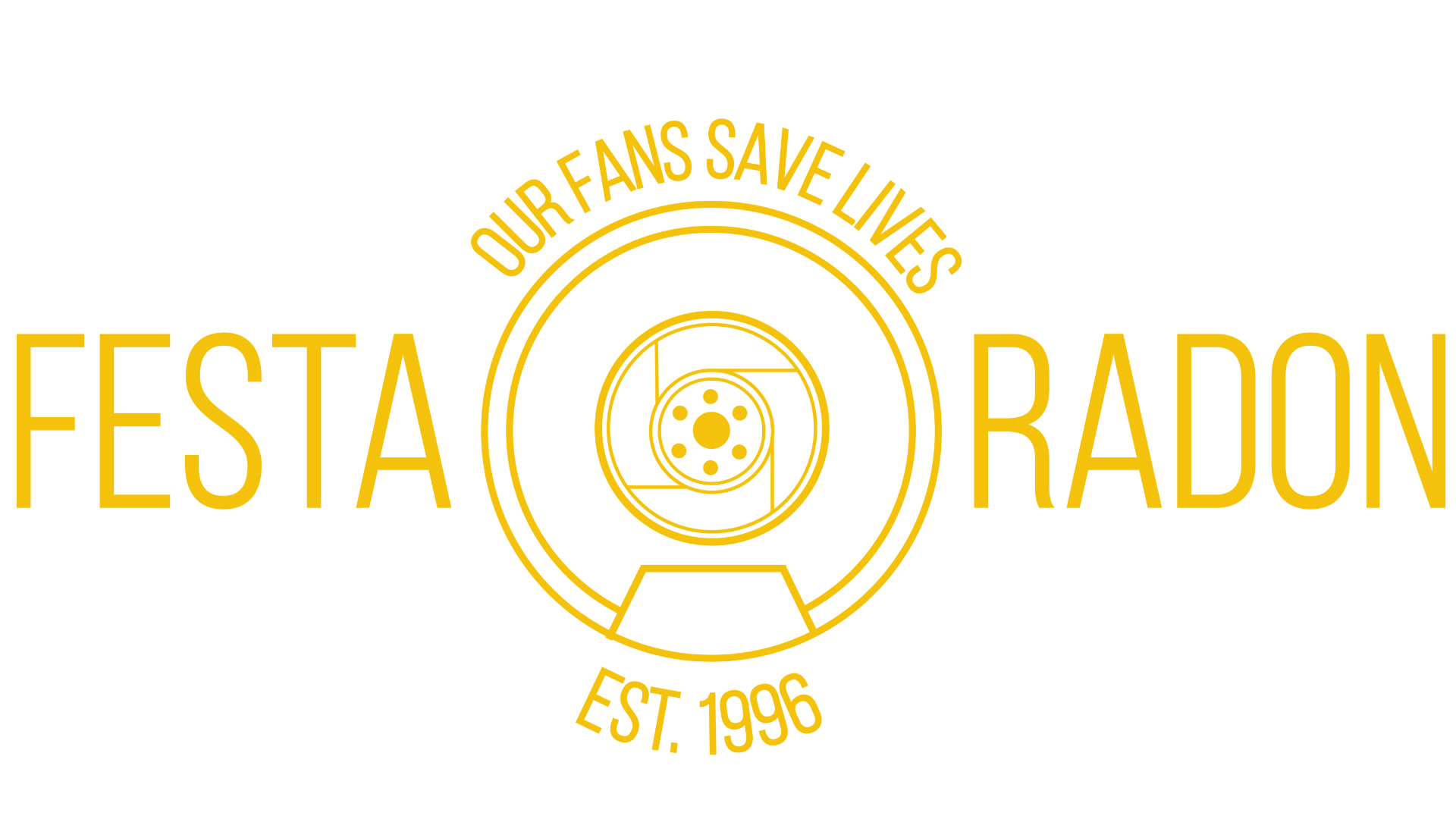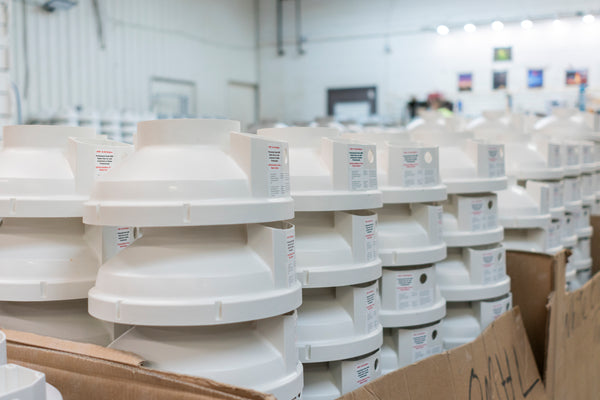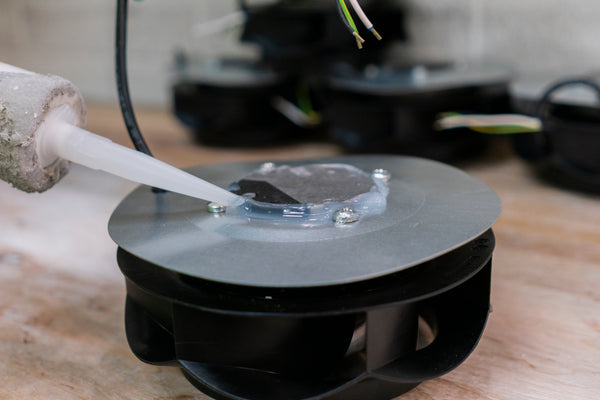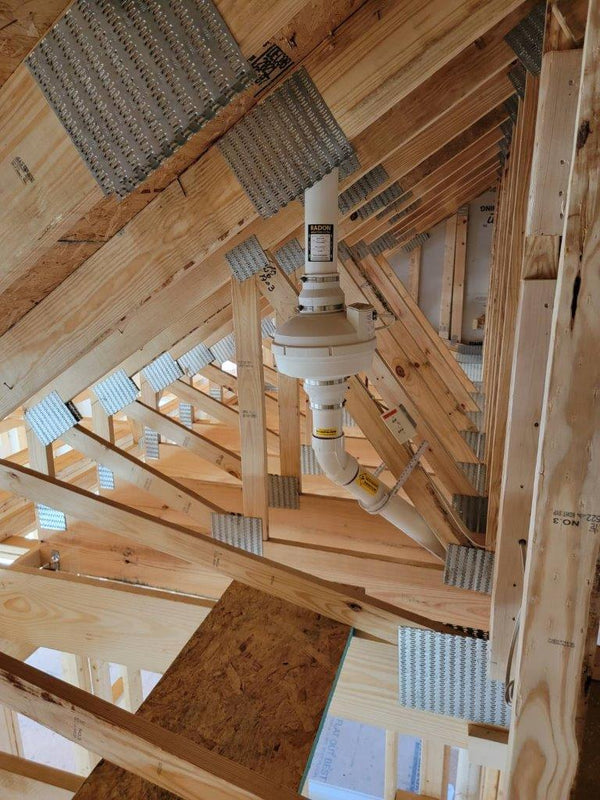
How Long It Takes To Have Your Home Tested for Radon
Radon is an odorless and tasteless gas that can find its way into your home through the foundation. A high concentration of this gas can be deadly, so it is important to know when it is present and what to do about it. If you are concerned about the existence of radon within your home, here is an explanation of the testing duration, specifically how long it takes to have your home tested for radon.
The short answer is that it depends on the testing method your home requires. The process can take as little as 48 hours and as long as one year, based on how many short-term and long-term tests you need.
Short-Term vs. Long-Term Testing
There are two general types of radon testing kits—short-term and long-term.
- Short-term testing: When testing your home, start with a short-term test kit that can be as quick as 48 hours and as long as 90 days for completion. If your levels are between 4 and 10 pCi/L, you need to consider following up with a long-term test and take steps to mitigate the radon in your home. If the testing levels read above 10.0 pCi/L, get a second short-term test to confirm and mitigate as soon as possible.
- Long-term testing: If the short-term test reveals high radon levels (4.0 pCi/L and over), you should perform a long-term test, lasting between 90 days and 1 year. These results reflect the levels in your home over a long period of time and show a more consistent depiction of the situation in your living space.
- If you have discovered high radon levels in your home, be sure to mitigate the situation and test at least once every two years. If you found lower levels (under 4.0 pCi/L), check your home’s radon concentration once every five years.
Using Your Test Kit
Now that you’ve selected what type of kit is right for you, it is essential to follow the directions, as they can vary. You will likely place the test in the basement of your home and allow your kit’s charcoal to absorb the radon for the recommended length of time. Once your test is complete, send it to a lab that will promptly review and deliver your results.
Often, radon testing will take place during a real estate home inspection. In this instance, levels will be based on the average of two short-term tests, either taken simultaneously or one after the other. If the average of the two tests is over 4.0 pCi/L, mitigation is required. Experts can also use a continuous monitor for 48 hours and mitigate if those results exceed 4.0 pCi/L.
When To Hire a Professional
If you have never had your home tested for radon gas, now is the time to take action. Hiring a Department of Environmental Protection (DEP) certified professional will give you the most rapid, effective picture of the radon concentration in your living space. They will use expensive, calibrated instruments that provide a precise report of your levels. Once this is complete, they can also discuss reduction techniques. They can help install effective radon crack sealant equipment that protects you and your family from this silent threat.
If you are wondering about the presence of radon in your home, be sure to test it as soon as possible. Knowing how quickly you will receive your results can be helpful for mitigation techniques, so remember this guide to how long it takes to have your home tested for radon. Once you have checked your living space, act quickly to mitigate the effects of this harmful gas.
